The Role of Forestry Business and Economics in Global Market Dynamics
- August 23, 2024
- 0 comment
Forestry Business and Economics play an important role in shaping global market dynamics, driving both economic growth and environmental sustainability. As global demand for forest products increases, the sector’s significance in the global economy and ecological conservation becomes ever more crucial.
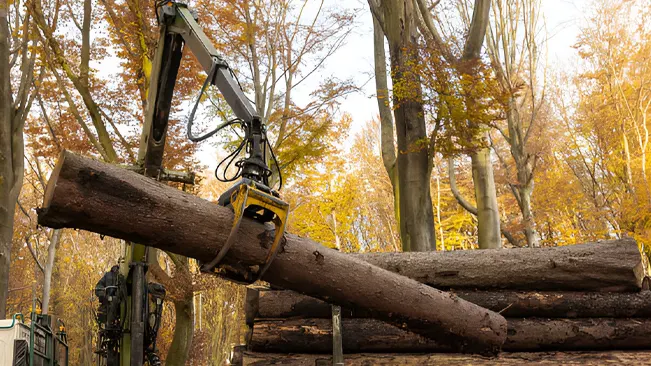
With its dual contribution to economic prosperity and environmental health, forestry stands as a key sector in achieving sustainable development. This discussion explores how forestry business and economics influence global economic trends, support sustainability goals, and navigate the complexities of international markets.
Forestry’s Strategic Influence on Global Markets
Forestry is a cornerstone of the global economy, providing essential resources, employment, and ecological services. Beyond its traditional role in timber production, forestry is now recognized as a vital sector for both sustainable development and climate change mitigation.
The sector’s contribution extends to maintaining biodiversity, regulating water cycles, and sequestering carbon, all of which are crucial for environmental health. As global markets evolve, forestry’s integration into sustainable practices becomes even more significant, influencing economic strategies worldwide.
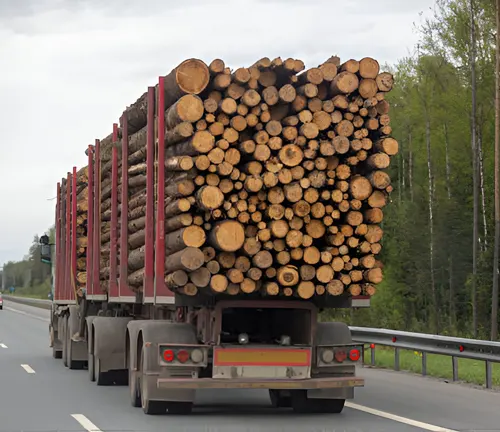
Understanding how forestry business and economics interact with global market dynamics is key to ensuring the sector’s continued growth and its long-term contribution to environmental stewardship.
Roles of Forestry Business and Economics
The roles of forestry business and economics in global market dynamics are multifaceted, influencing not only economic growth but also environmental sustainability and international trade. Here are the key roles:
1. Economic Growth and Employment
Forestry contributes significantly to the global economy by providing raw materials for industries such as construction, paper, and furniture manufacturing. It supports millions of jobs worldwide, particularly in rural and developing regions where forestry is a major source of livelihood.
Table: Hypothetical contribution of the forestry sector to the global economy from 2020 to 2023
| Year | Global GDP Contribution (in Billion USD) | Global Employment (in Million Jobs) | Timber Production (in Billion Cubic Meters) | Carbon Sequestration (in Billion Tons CO2) |
|---|---|---|---|---|
| 2020 | 550 | 12.5 | 3.8 | 2.1 |
| 2021 | 575 | 12.8 | 3.9 | 2.3 |
| 2022 | 600 | 13.0 | 4.0 | 2.5 |
| 2023 | 620 | 13.2 | 4.1 | 2.7 |
Table: Forestry Contribution to Employment from 2020 to 2023
| Metric | Value | Description |
|---|---|---|
| Global Employment | 13.125 million people (average) | Average number of people directly employed in the forestry sector worldwide from 2020 to 2023. |
| Employment in Rural Areas | 60% of forestry jobs | Percentage of forestry jobs located in rural and remote areas during 2020 to 2023. |
| Annual Employment Growth | 1.7% | Average annual growth rate of employment in the forestry sector from 2020 to 2023. |
The economic impact of the forestry sector is significant, contributing directly to GDP in many countries. This is especially true in nations that rely heavily on forest resources for their economic stability and growth
2. Global Trade and Market Integration
Forestry products, including both timber and non-timber forest products (NTFPs), play a crucial role in international trade, driving global market dynamics. The high demand for these products influences pricing, supply chains, and trade policies across the world.
As a result, forestry has become a key component in international commerce, with its products being vital to many economies.

Moreover, emerging markets in regions like Asia and Africa are becoming increasingly significant in the global forestry market, both as major producers and growing consumers of these resources.
3. Sustainable Development and Climate Change Mitigation
Forestry plays a critical role in sustainable development by aligning economic activities with environmental objectives. Through sustainable forestry practices, biodiversity is preserved, ecosystems are protected, and the long-term availability of forest resources is maintained.
Additionally, forests serve as significant carbon sinks, which makes them essential in the fight against climate change. The economic aspects of carbon markets are closely linked to forestry, as carbon credits generated from forest conservation and reforestation are traded on a global scale.

By integrating these practices, forestry not only supports economic growth but also contributes to broader environmental sustainability and climate change mitigation efforts.
4. Investment Opportunities
Forestry is increasingly seen as a stable, long-term investment, attracting investors due to its financial returns and its positive environmental impact, such as addressing deforestation and climate change. Key investment opportunities include timberland ownership, carbon credits, and sustainable forestry certifications, all of which integrate financial objectives with global sustainability goals.
Table list of Investment Opportunities in Forestry
| Investment Type | Description | Benefits |
|---|---|---|
| Timberland Ownership | Purchasing and managing forested land for timber production and conservation. | Stable, long-term returns; appreciation of land value; flexibility in harvesting times. |
| Carbon Credits | Investing in forest projects that generate carbon credits, which can be sold to companies offsetting emissions. | Revenue from carbon credit sales; contribution to climate change mitigation. |
| Sustainable Forestry Certifications | Supporting or investing in certified forestry operations (e.g., FSC) that meet environmental standards. | Access to premium markets; alignment with sustainability goals; enhanced market reputation. |
| Reforestation Projects | Investing in the restoration of degraded lands through reforestation efforts. | Environmental restoration; potential income from timber, carbon credits, and ecosystem services. |
| Non-Timber Forest Products (NTFPs) | Investing in the production and commercialization of non-timber products like medicinal plants and resins. | Diversification of income sources; tapping into niche markets. |
5. Innovation and Technological Advancements
Technological innovations, such as remote sensing, GIS, and precision forestry, are significantly enhancing forest management practices by making them more efficient and sustainable.
These advancements are shaping market dynamics by improving productivity and reducing costs, which in turn strengthens the forestry sector’s competitive edge.

Additionally, innovation in sustainable practices and product diversification, particularly the growing market for non-timber forest products (NTFPs), is creating new economic opportunities within the forestry industry. These developments are crucial for the sector’s adaptation to global market demands and environmental challenges, ensuring both economic viability and ecological responsibility
6. Policy and Regulatory Impact
International and national policies play a significant role in shaping the forestry sector’s market dynamics. Trade agreements, environmental regulations, and sustainability certifications influence how forestry products are produced, traded, and consumed globally.
These policies are crucial for managing challenges such as deforestation, illegal logging, and trade barriers, ensuring that the forestry sector aligns with global environmental goals. Effective policies not only address these challenges but also promote sustainable forestry practices, supporting the long-term viability and ecological responsibility of the industry.
Future Outlook: Integration into Global Markets
Looking ahead, the integration of forestry into global markets will depend on several emerging trends and strategic approaches.
Emerging Economic and Environmental Trends
The future of forestry will be shaped by the increasing importance of carbon markets, where forests contribute significantly to carbon sequestration efforts. Additionally, there will be a shift towards the development of new sustainable products, expanding the economic potential of forestry beyond traditional timber.
Advances in forest management technologies, such as precision forestry, will further enhance the efficiency and sustainability of forest operations, driving both economic growth and environmental conservation.
Strategies for Global Market Success
To succeed in the global market, the forestry sector must continue to innovate and adopt sustainable practices. This includes leveraging new technologies, enhancing value chains, and expanding into emerging markets
Long-Term Vision: Ensuring Economic and Environmental Stability
Forestry’s role in ensuring global economic stability and environmental health cannot be overstated. By maintaining a focus on sustainability and international cooperation, the sector can continue to thrive and contribute to global development
Conclusion
Forestry business and economics are integral to global market dynamics, influencing everything from economic growth to environmental sustainability. As the sector evolves, the focus on sustainable practices, strategic investments, and international collaboration will be key to its success.
By understanding and addressing the challenges and opportunities ahead, forestry can continue to play a vital role in the global economy and in securing a sustainable future for all.
Frequently Asked Questions (FAQ’s)
- What is the forestry business and why is it important?
Forestry business involves the management, cultivation, and harvesting of forests for various products and services. It’s important because it provides essential resources, supports rural economies, and plays a crucial role in environmental sustainability. - How do economic principles apply to forest management?
Economic principles like cost-benefit analysis, marginal analysis, and risk management guide decisions in forest management. These principles help balance profitability with sustainability by optimizing planting, harvesting, and conservation practices. - What are the main products of the forestry industry?
The primary products include timber, pulpwood, and paper. However, non-timber forest products (NTFPs) such as medicinal plants, resins, and fruits are also significant and contribute to the diversification of forestry revenue streams. - Why is sustainable forestry economically beneficial?
Sustainable forestry ensures the long-term availability of resources, supports ecosystem services like carbon sequestration, and often leads to higher market prices for certified sustainable products. - What are the investment opportunities in forestry?
Investment opportunities include timberland ownership, participation in carbon credit markets, commercialization of non-timber forest products, reforestation projects, and agroforestry initiatives that combine forestry with agriculture. - How do government policies impact forestry economics?
Government policies and regulations influence land use, forest management practices, trade, and investment decisions. These policies affect both costs and market access, shaping the economic viability of forestry operations. - What are the current market trends in forestry?
Current trends include growing demand for sustainably sourced timber, the rise of non-timber forest products, and the influence of international trade agreements and environmental policies on the forestry sector. - How does climate change affect the forestry business?
Climate change poses risks such as increased frequency of wildfires, storms, and pest outbreaks. However, it also creates opportunities through the growing demand for carbon credits and climate-resilient forestry practices. - What role do forests play in carbon markets?
Forests act as carbon sinks, absorbing CO₂ and generating carbon credits that can be traded. This provides an additional revenue stream for forest owners while contributing to climate change mitigation. - What are the challenges of balancing profitability and sustainability in forestry?
Challenges include managing costs, market volatility, regulatory compliance, and the need to protect biodiversity while ensuring economic returns. Addressing these challenges requires strategic planning, innovation, and collaboration across the sector.

James Wilson
Forestry AuthorJames Wilson has over 15 years of experience in forestry economics, specializing in sustainable practices, investment opportunities, and financial management. He has contributed to notable publications like "Forestry Today" and "EcoFinance Journal" and is known for providing practical and insightful advice. With a degree in Environmental Economics, James stays updated through continuous learning and active participation in industry discussions. Outside work, he enjoys hiking and nature photography, bringing a well-rounded perspective to his professional role.

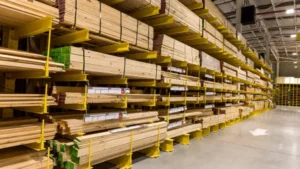



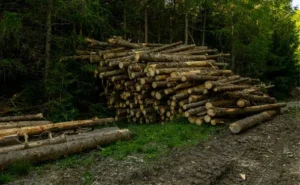
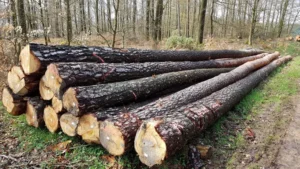
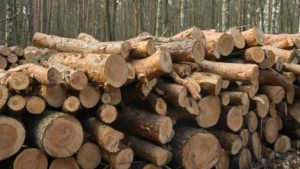
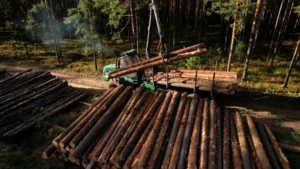


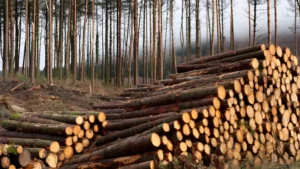

Leave your comment